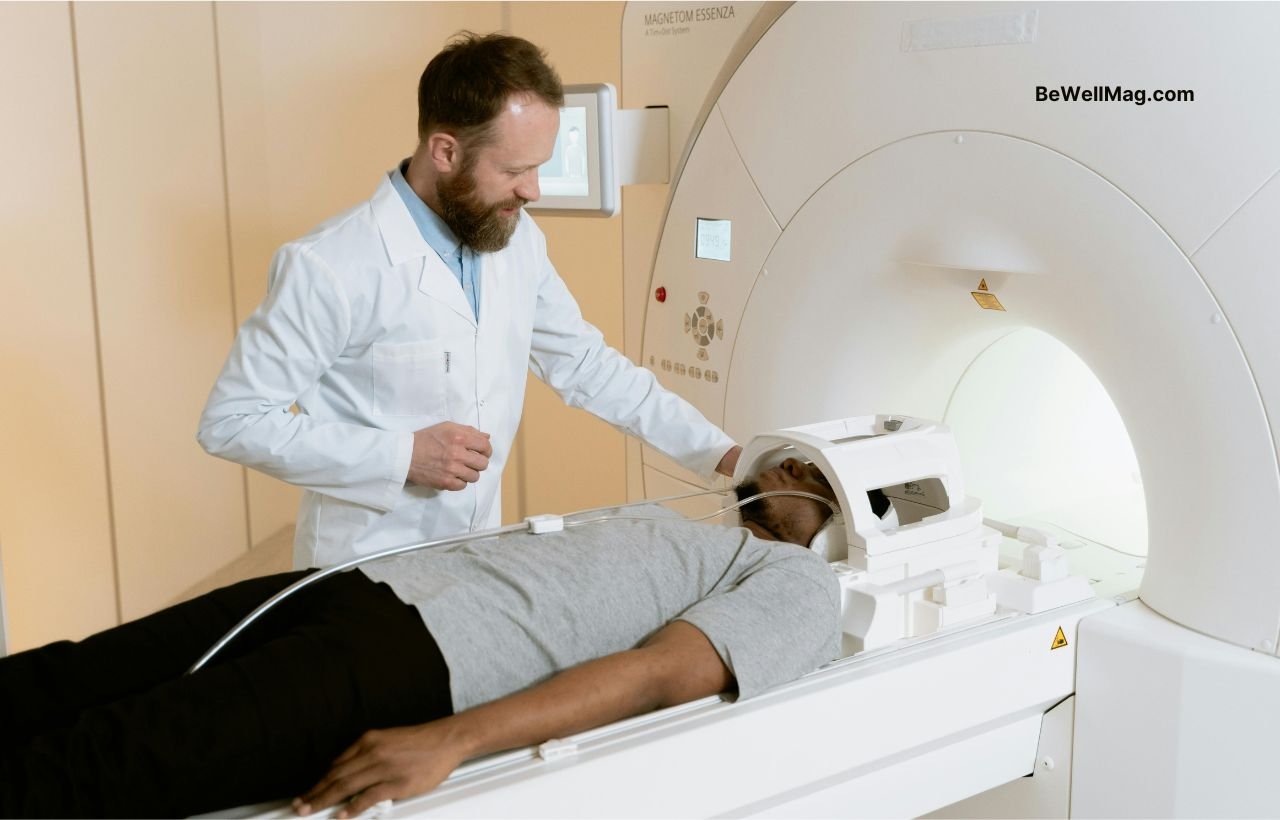Now Reading: CT Scans and Cancer: How Much Risk Are You Really Taking?
- 01
CT Scans and Cancer: How Much Risk Are You Really Taking?

CT Scans and Cancer: How Much Risk Are You Really Taking?
CT scans save lives but involve radiation risks. Learn why they’re ordered, how atomic bomb survivor data informs risk, and why to ask if they’re truly needed.
Table of Contents
CT scans have transformed modern medicine, offering a rapid, detailed window into the human body. They are indispensable in emergencies and precise diagnoses. Yet, behind these sophisticated images lies a concern that many of us quietly share—the risk of radiation exposure and its potential link to cancer. In this post, we’ll explore why doctors order CT scans, how risk is calculated using data from atomic bomb survivors, and why it’s essential to engage your doctor about whether each scan is really necessary. Let’s unravel the facts and demystify the figures in a way that’s both authoritative and genuinely human.
Why Doctors Order CT Scans
Doctors rely on CT scans because they offer unparalleled clarity in imaging. When seconds matter—such as diagnosing a stroke, a severe injury, or detecting internal tumors—a CT scan can be a lifesaver. It provides detailed cross-sectional images that simple X-rays just can’t capture. The speed and precision of CT scans allow physicians to quickly decide on the best course of action, ensuring that treatment is both timely and effective. However, because CT scans involve ionizing radiation, doctors are very mindful of when they are used, balancing the immediate benefits against any long-term risks.
Understanding the Radiation Risk
CT scans use ionizing radiation to produce detailed images of your internal structures, and while the radiation levels are much higher than those in conventional X-rays, the risk from a single exam is generally very low. Risk assessments for CT scans often lean on historical data—from studies of atomic bomb survivors, for example—which provide insight into how radiation affects our DNA over time. Models such as those developed by the National Cancer Institute help translate high-radiation exposure data into estimates for the lower doses used in medical imaging.
Recent research projects that the nearly 93 million CT scans performed in the U.S. in 2023 could ultimately lead to roughly 100,000 future cancer cases—about 5% of annually diagnosed cancers. This doesn’t mean a CT scan will directly cause cancer in any one person; rather, it emphasizes the collective impact of repeated exposure over time.
Should You Ask Your Doctor if a CT Scan Is Really Necessary?
Absolutely. When your doctor recommends a CT scan, it’s important to be proactive. Ask questions such as:
- Why is this specific scan essential for my diagnosis?
- Are there alternative imaging methods available (such as MRI or ultrasound) that don’t involve radiation?
- How many scans will I need, and can they be spaced out to reduce cumulative exposure?
These conversations empower you to be an active participant in your health care. Understanding the reasoning behind each test not only clarifies its benefits but also helps you gauge whether the risk is justified given your personal health situation.
How Risk Is Calculated Using Atomic Bomb Survivor Data
The method for estimating radiation risk from CT scans is rooted in decades of research. A key reference point comes from the study of atomic bomb survivors in Japan, whose exposure to high doses of radiation is well-documented. Researchers use statistical models—like the BEIR VII report—to extrapolate the data and estimate risks at the much lower doses of medical imaging. Although these models carry uncertainties, they provide important insight into how even low levels of radiation can increase the lifetime risk of cancer. This data has been crucial in understanding why, despite the undeniable benefits, repeated CT scans could potentially contribute to a small percentage of future cancer cases.
Minimizing Radiation Exposure: What Doctors Are Doing
The medical community takes radiation safety very seriously. Radiologists and technicians follow the ALARA principle—“As Low As Reasonably Achievable”—to ensure each CT scan uses the minimal radiation necessary to achieve a clear image. Here are some proactive steps taken to reduce exposure:
- Low-Dose Protocols: Advances in technology now allow many facilities to perform CT scans using significantly lower doses of radiation without compromising on image quality.
- Customizing Scan Parameters: Depending on your age, body size, and the area being examined, the radiation dose can be tailored specifically to minimize risk.
- Alternative Imaging Techniques: When possible, doctors might choose MRI or ultrasound, which offer diagnostic benefits without the radiation.
- Regular Equipment Calibration: Constant monitoring and calibration of imaging equipment ensure that doses remain within safe limits at all times.
Doctors are continuously working to balance the essential diagnostic benefits of CT scans with the need to keep radiation exposure to a minimum. It’s a collaborative effort between state-of-the-art technology and conscientious medical practice.
Key Takeaways
- CT Scans Are Invaluable: They provide fast, detailed images that are crucial in many life-and-death situations.
- Radiation Exposure Is Real but Low: While the risk from a single CT scan is minimal, repeated exposure can accumulate over time.
- Risk Calculation Relies on Historical Data: Models founded on atomic bomb survivor studies help estimate the potential long-term risks associated with CT scans.
- Ask Questions: Engage your doctor about the necessity of the scan and discuss possible alternatives.
- Safety Measures Are in Place: Many institutions now use low-dose protocols and customize scans to safeguard patients.
Conclusion
CT scans undoubtedly play a critical role in modern medicine, offering life-saving insights at a moment’s notice. However, they come with a built-in risk from radiation exposure—one that, over time, might contribute to a slight increase in cancer risk. By understanding why doctors order these scans, how risks are quantified using data from the past, and by actively questioning whether each scan is truly necessary, you can make more informed decisions about your healthcare. This conversation between patient and provider is essential in ensuring that every scan is justified and carried out in the safest manner possible.
Disclaimer: This article is for informational purposes only and should not be considered professional or medical advice. Always consult a healthcare professional for guidance tailored to your specific circumstances.











